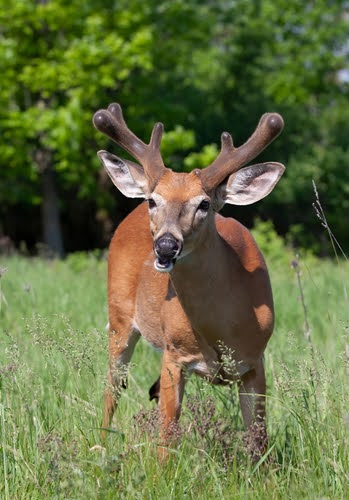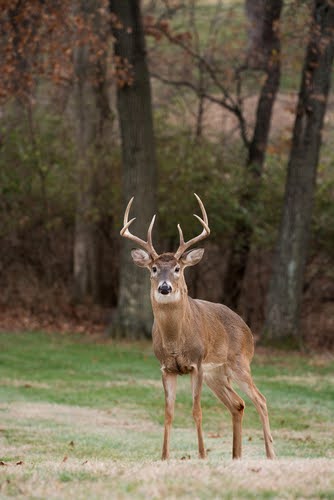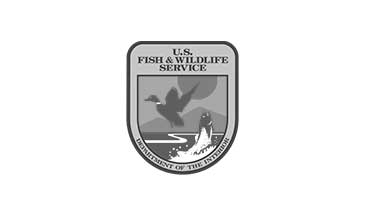Deer Control & Removal Services
Do you have a deer problem on your property? Learn more about our deer control services and schedule a service today.
DEER BIOLOGY
- Adult body length (without tail): 4 to 6 feet
- Adult body weight: 50 to 400 pounds
- Coloration: Tawny above; white underneath, including tail
- Gestation period: 202 days
- Offspring: 1 to 4 young (at one time) per year (usually 1 or 2)
- Breeding season: October through January
- Birthing season: April through June
- Age at which young are weaned: 8 weeks
- Activity period: Anytime
- Range: Several hundred acres
- Primary foods: Leaves, stems and buds of woody plants, live bark, fruits, acorns, crops (e.g., corn, soybeans, grains, vegetables, alfalfa), weeds
Animal Control For Deer
Scientific Name: Odocoileus virginianus
White-tailed deer are most active at dawn and dusk. They inhabit forests, grasslands, and suburban North America. Although they are vital to ecosystems, they can pose challenges in urban areas. Their foraging on crops and ornamentals results in millions of dollars in loss and damage to agriculture on commercial and residential landscaping every year.
These animals can have a negative impact on woody plants and wildflowers, resulting in a threat to the ecological balance. Damage to woody ornamentals is particularly devastating in the winter, when food is scarce and conditions severe for the overly-abundant deer populations.
Varment Guard Offers the Best Deer Repellent & Control Services
Deer Exclusion
Deer are best excluded from residential and commercial properties through wire fencing. However, it's important to note that our services focus on removing deer from your property; we do not provide installation services for fencing.
The installation of fencing can be made effective for deer exclusion in two ways:
- By being higher than a deer can jump (at least 10 feet tall)
- By being electrified so as to deliver a high voltage, low amperage electric shock when contacted by deer
Electric fences that are designed to repel deer are commercially available from a variety of manufacturers. Although they are effective, these options may be cost-prohibitive for most residential property owners and impractical depending on location.
Protecting Trees from Deer
Deer can significantly damage young trees by eating leaves and rubbing their antlers against the bark. To prevent this, homeowners can use tree tubes or individual tree fencing. Tree tubes act as a barrier around the trunk, protecting against deer while promoting growth.
For larger trees, a fence of about 5 to 6 feet tall made of wire or mesh can be effective. These solutions are easy to install and offer a cost-effective way to safeguard your trees from deer, ensuring healthy growth and preserving your landscape.

Deer Deterrent & Repellents
Most deer repellents cannot be used on fruits, vegetables, and crops due to their unpleasant odor and taste to humans. Repellents are often based on the following:
-
Fatty acid soap
-
Fungicides
-
Bitter compounds
-
Predator urine or glandular extracts
-
Irritating essential oils
-
Garlic
-
Capsaicin
-
Putrescent egg solids
Some repellents that contain capsaicin can be used on crops according to product labeling. Keep in mind, most of these repellents don’t work long term. Therefore, reapplication will be necessary.
Using different repellent types on a rotation may also be necessary so that deer do not become accustomed to any one repellent.

Professional Deer Control Services From Varment Guard
Our technicians apply monthly liquid and/or granular repellents to your property.
This repellent is a putrescent egg-based formula that has low odor and dries clear. Once dry, the repellent is waterproof and doesn’t need to be reapplied after rain or irrigation. The granular repellents can be used alone to create a barrier around vegetable and herb gardens, landscaping, or in combination with liquid treatments.
Are you ready to keep your property free of problem deer? Schedule a service with Varment Guard today.







